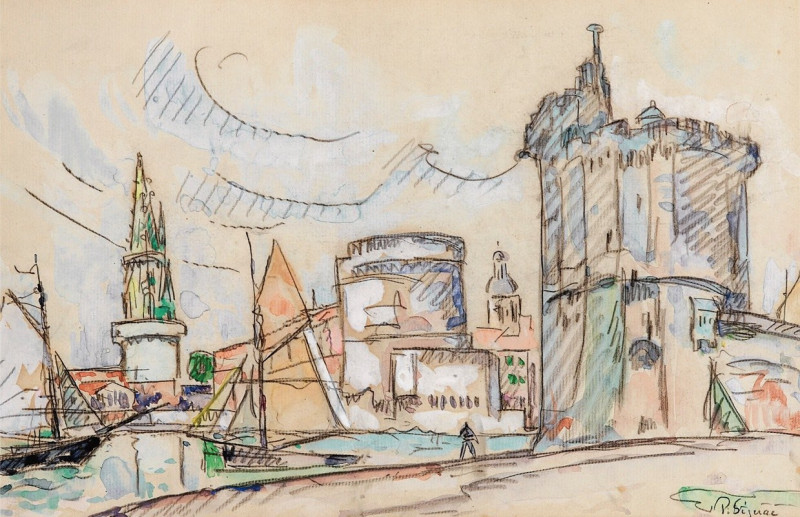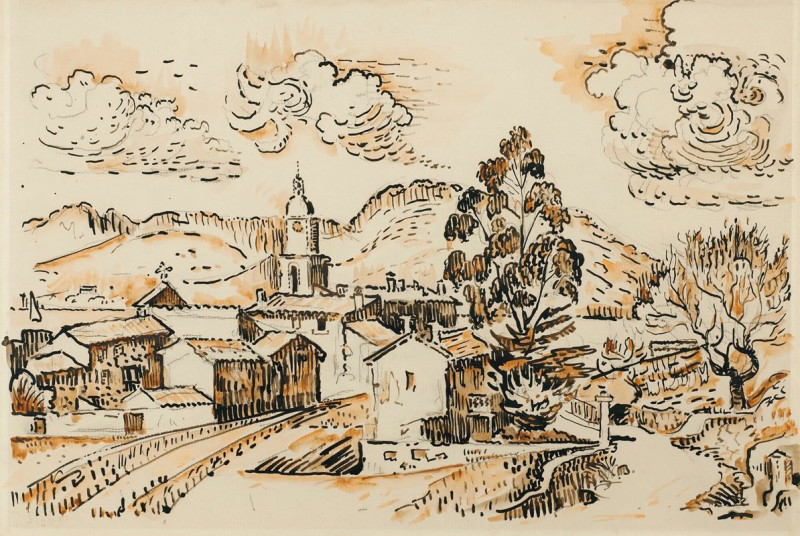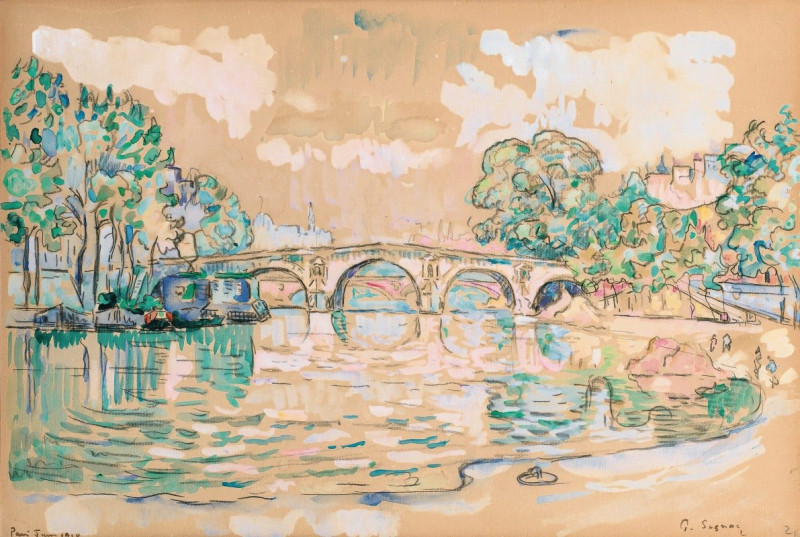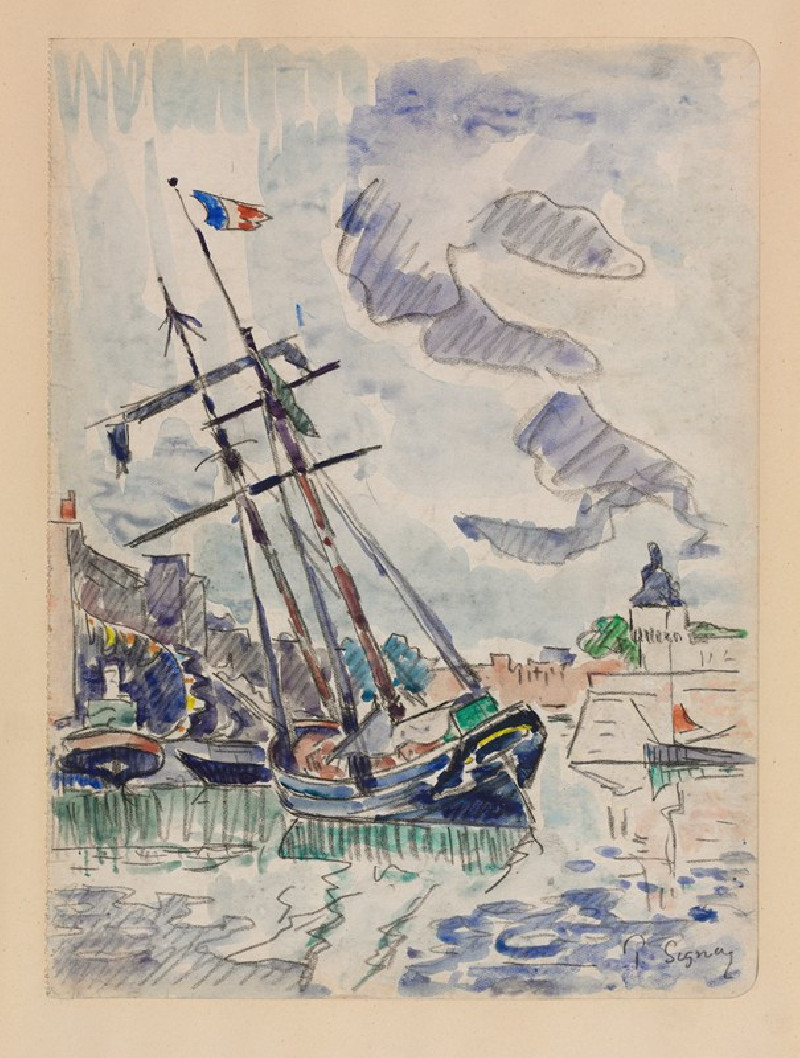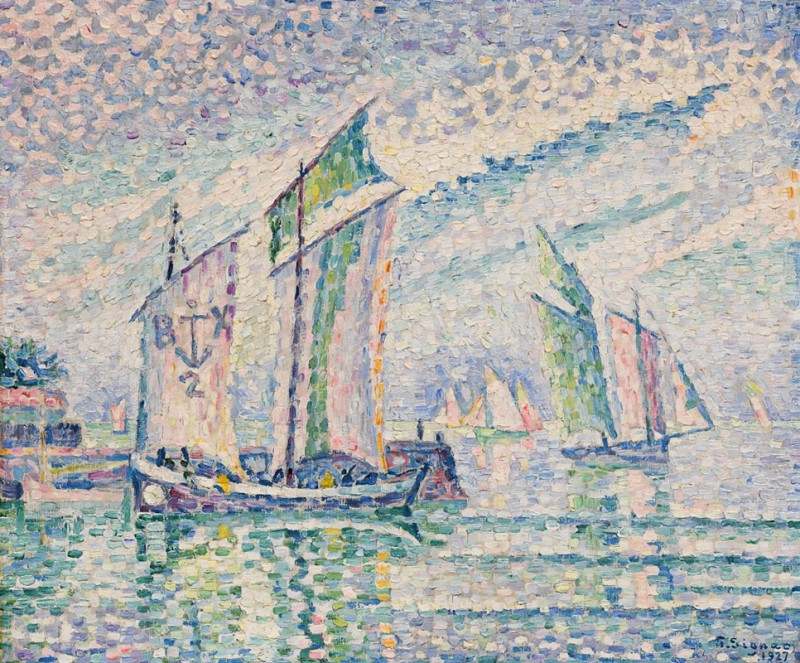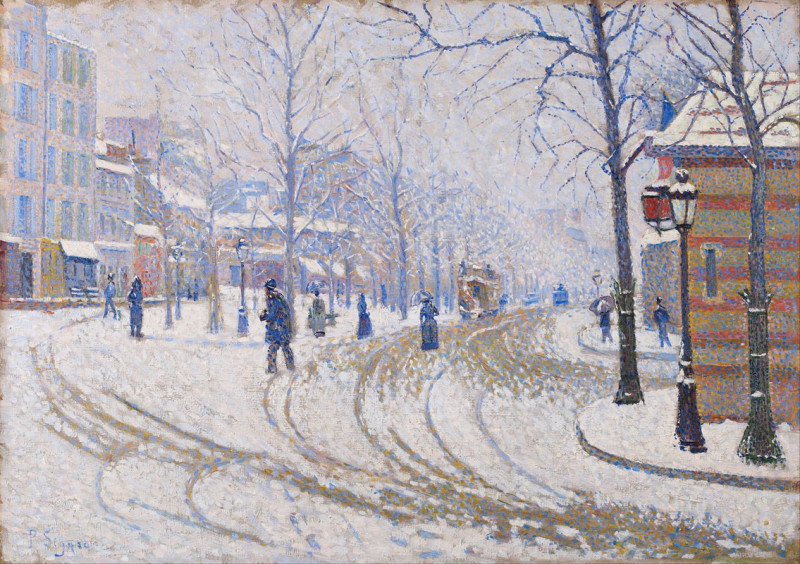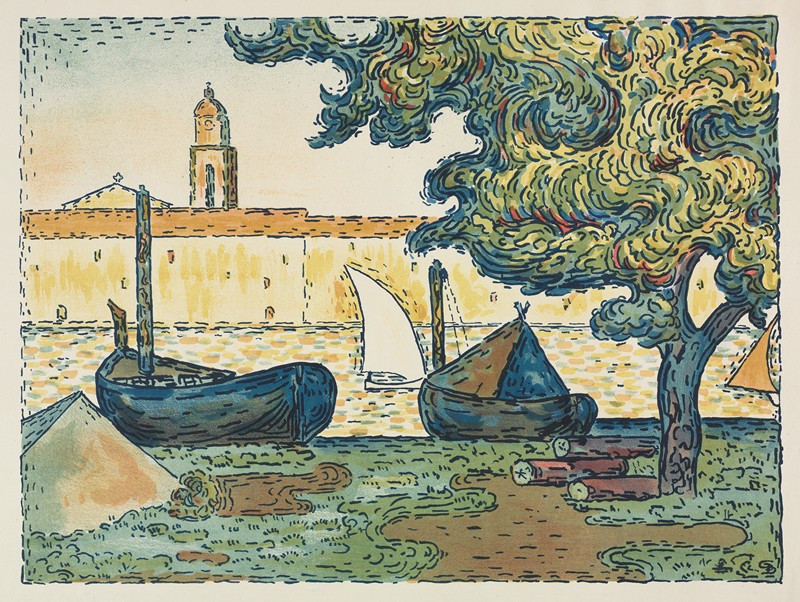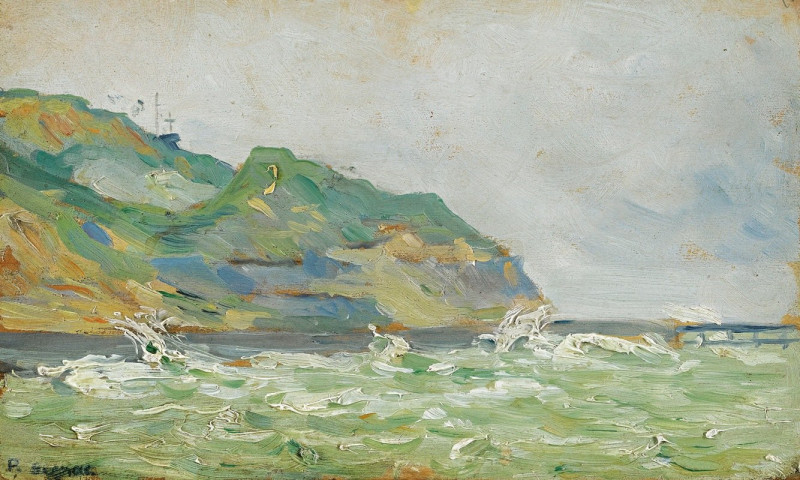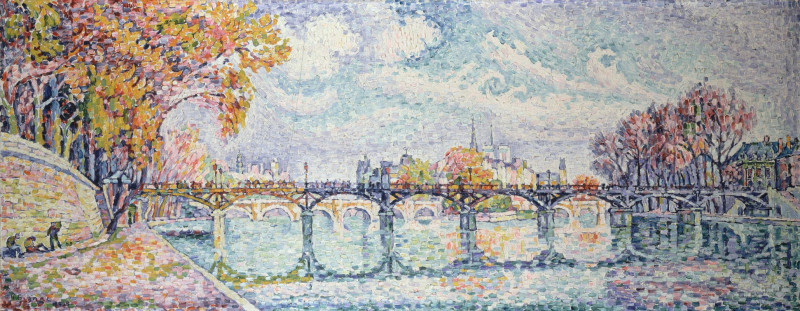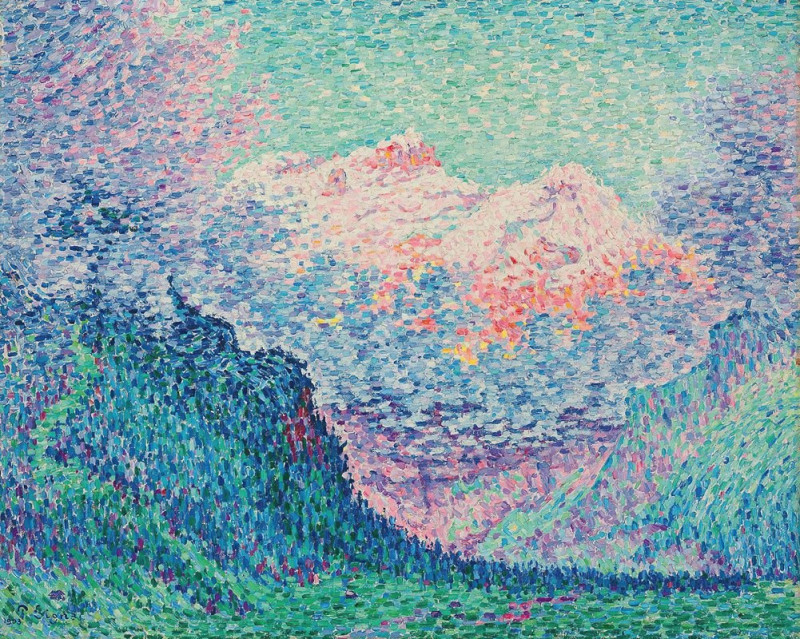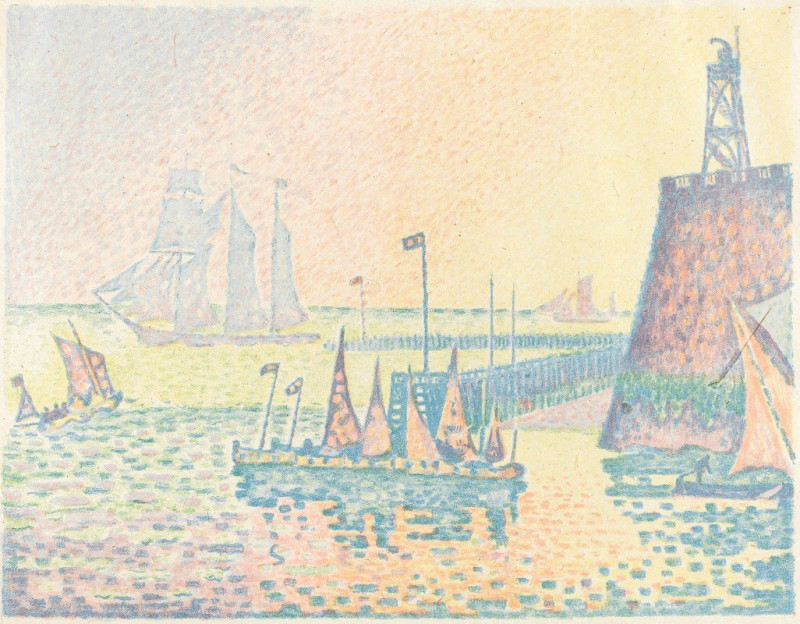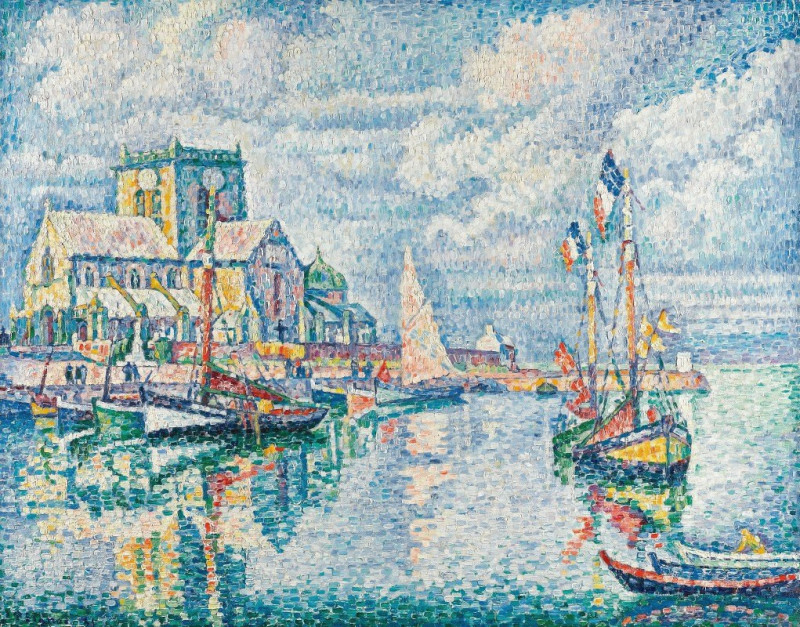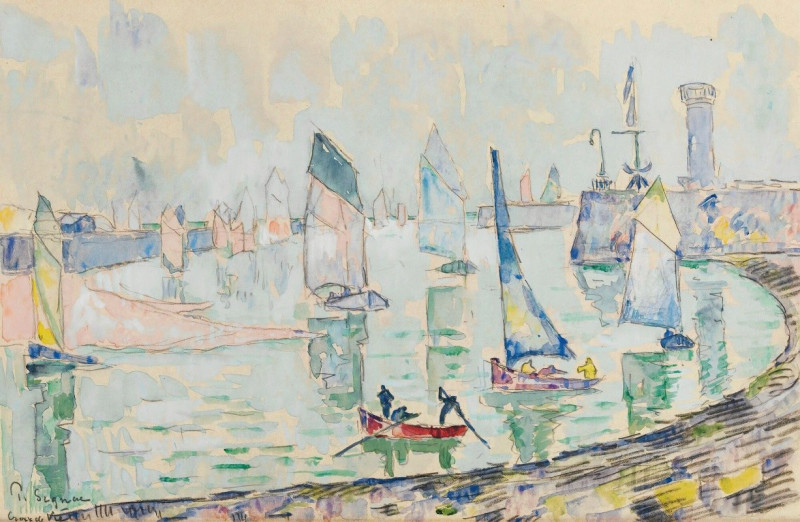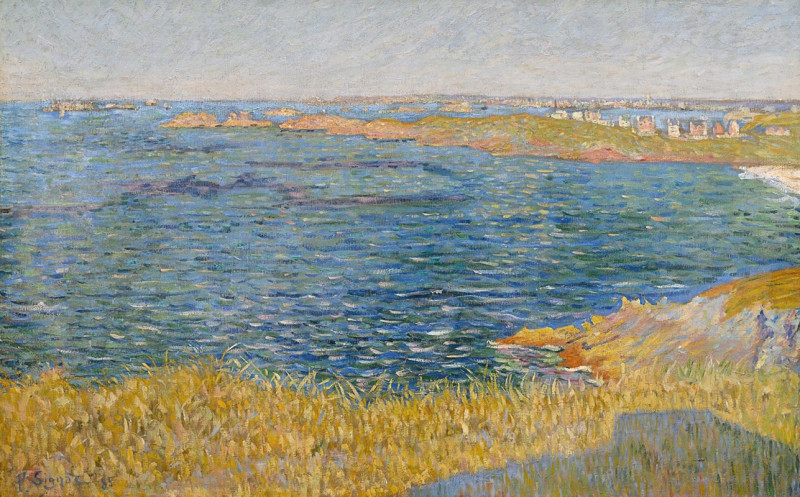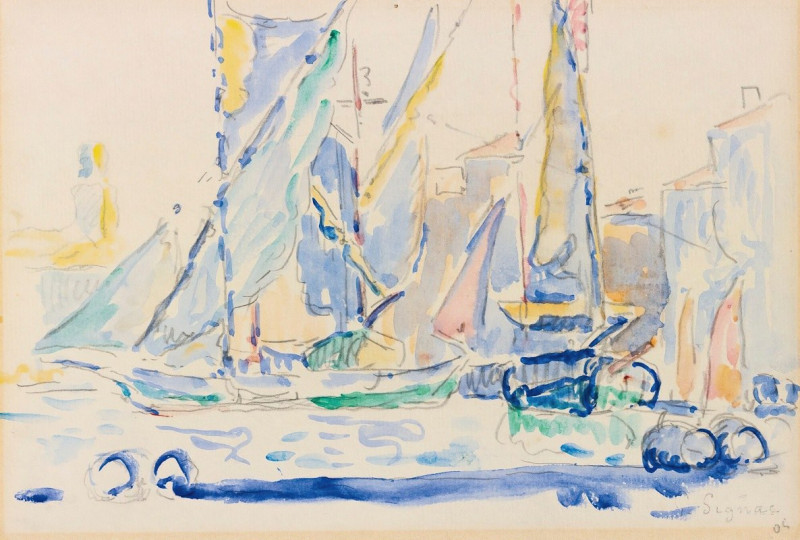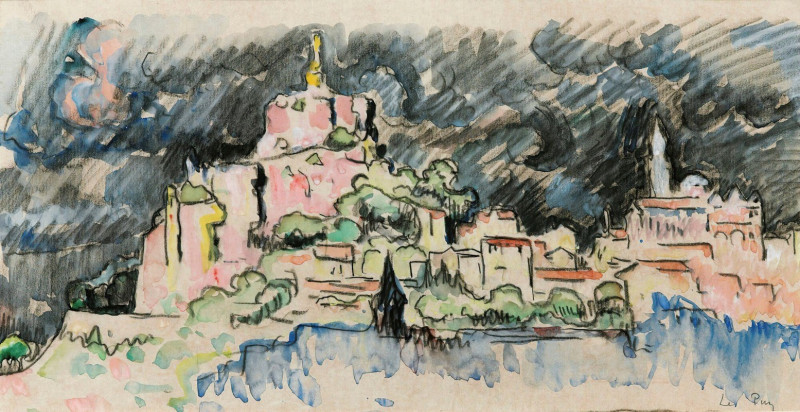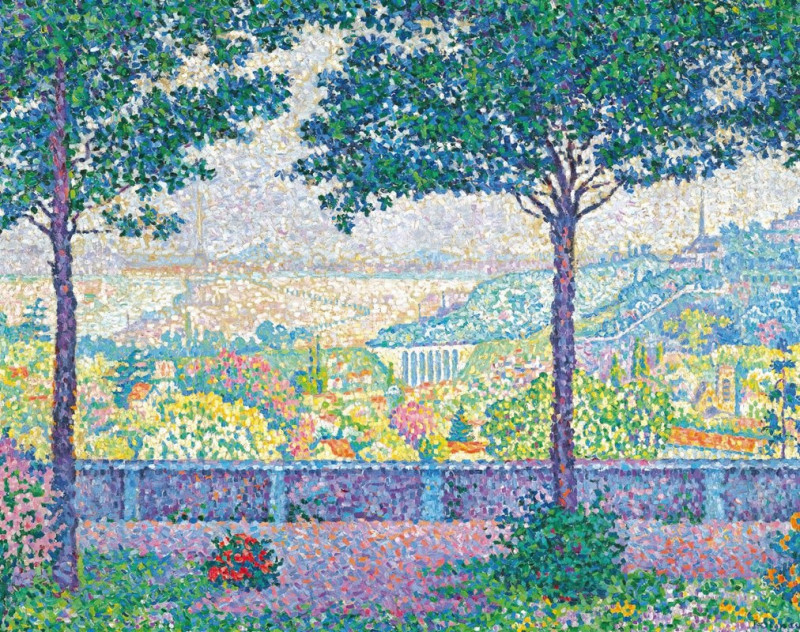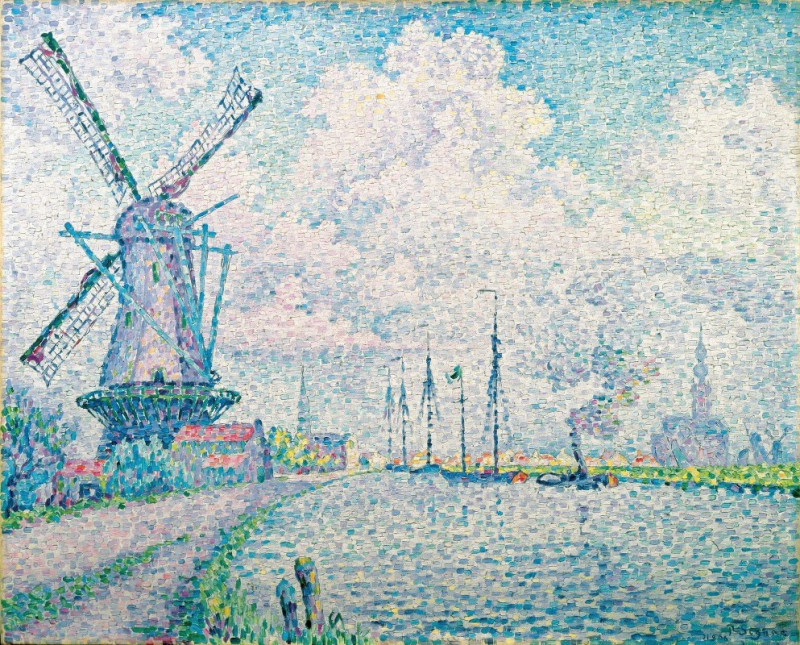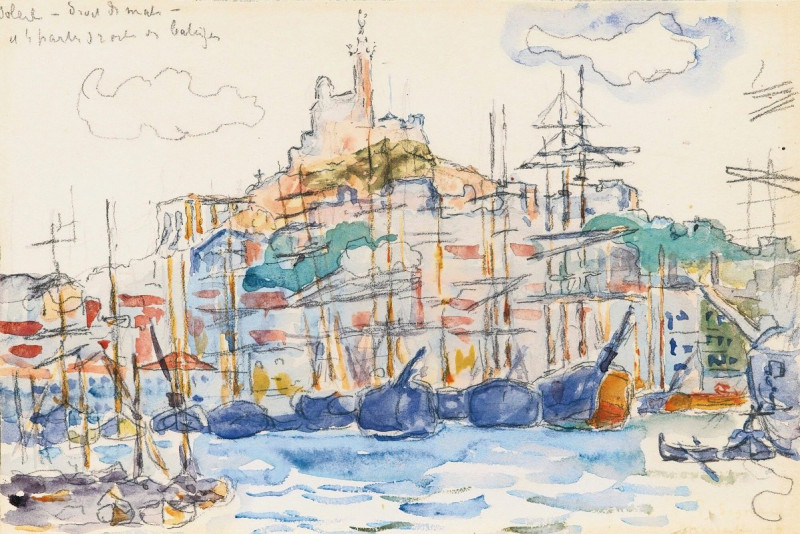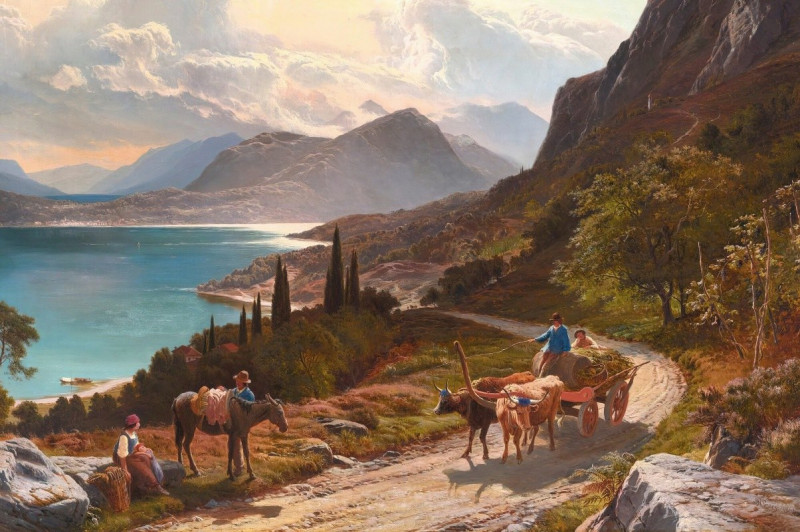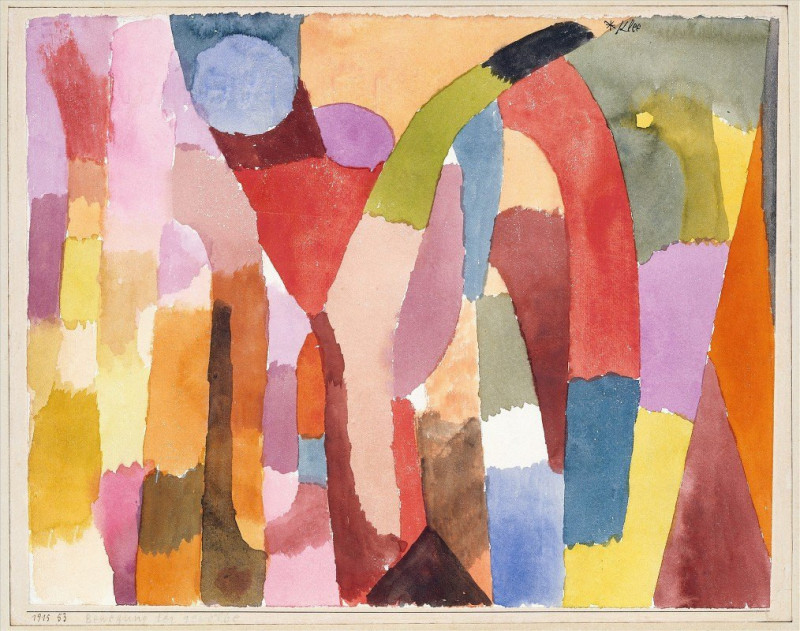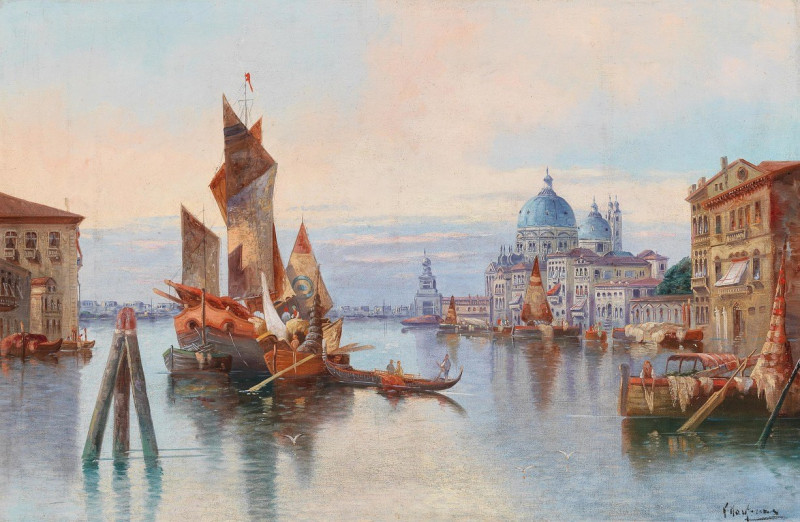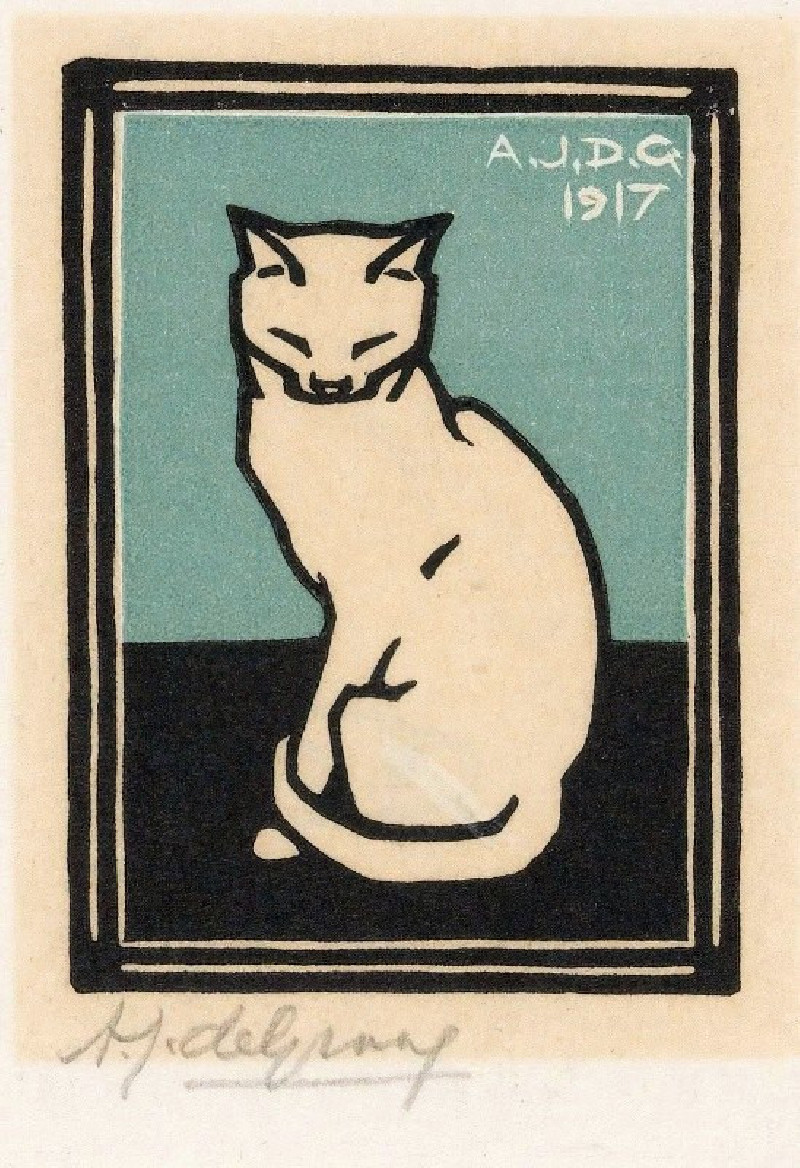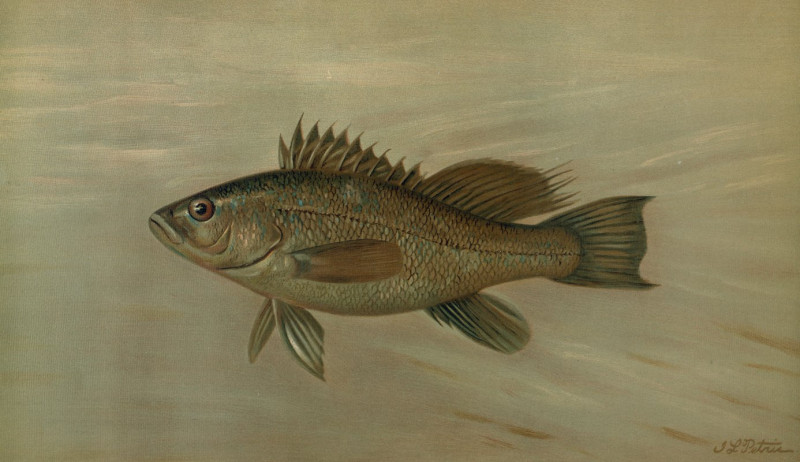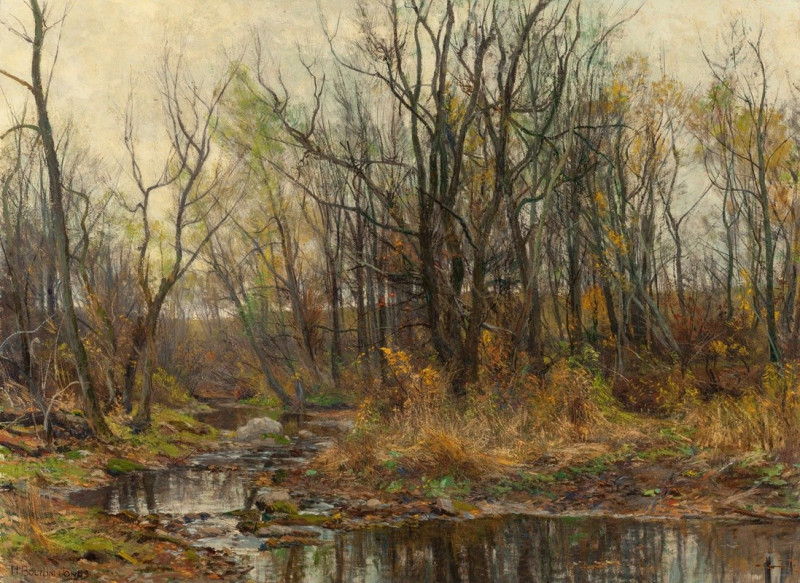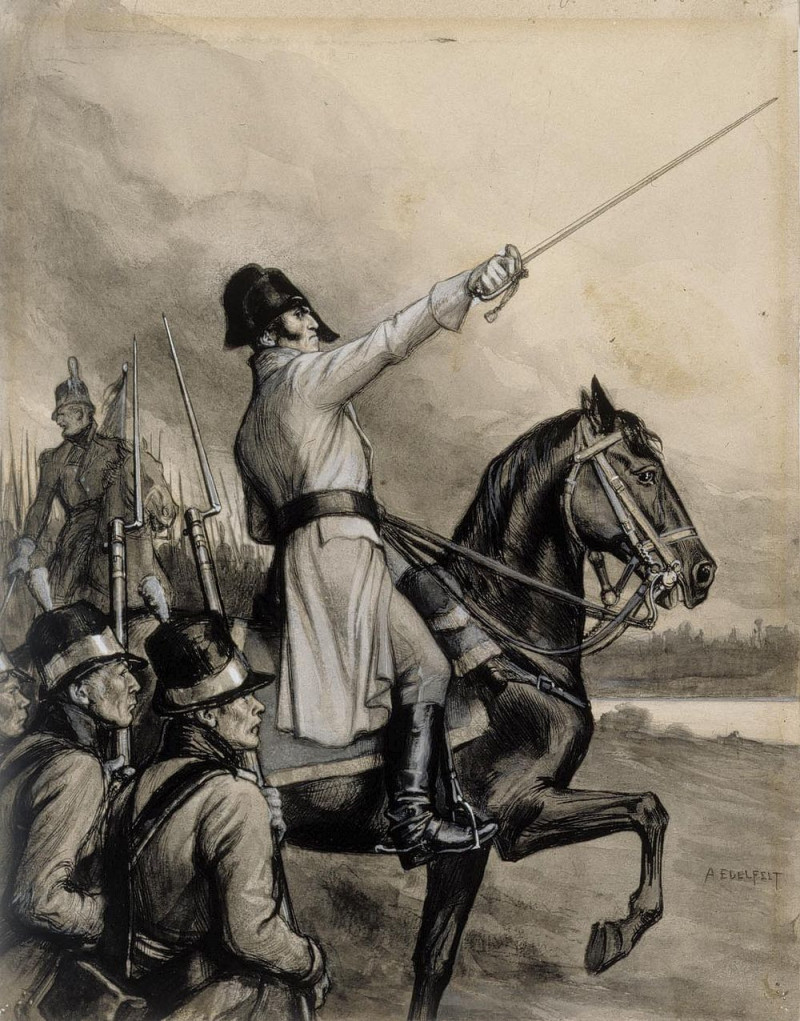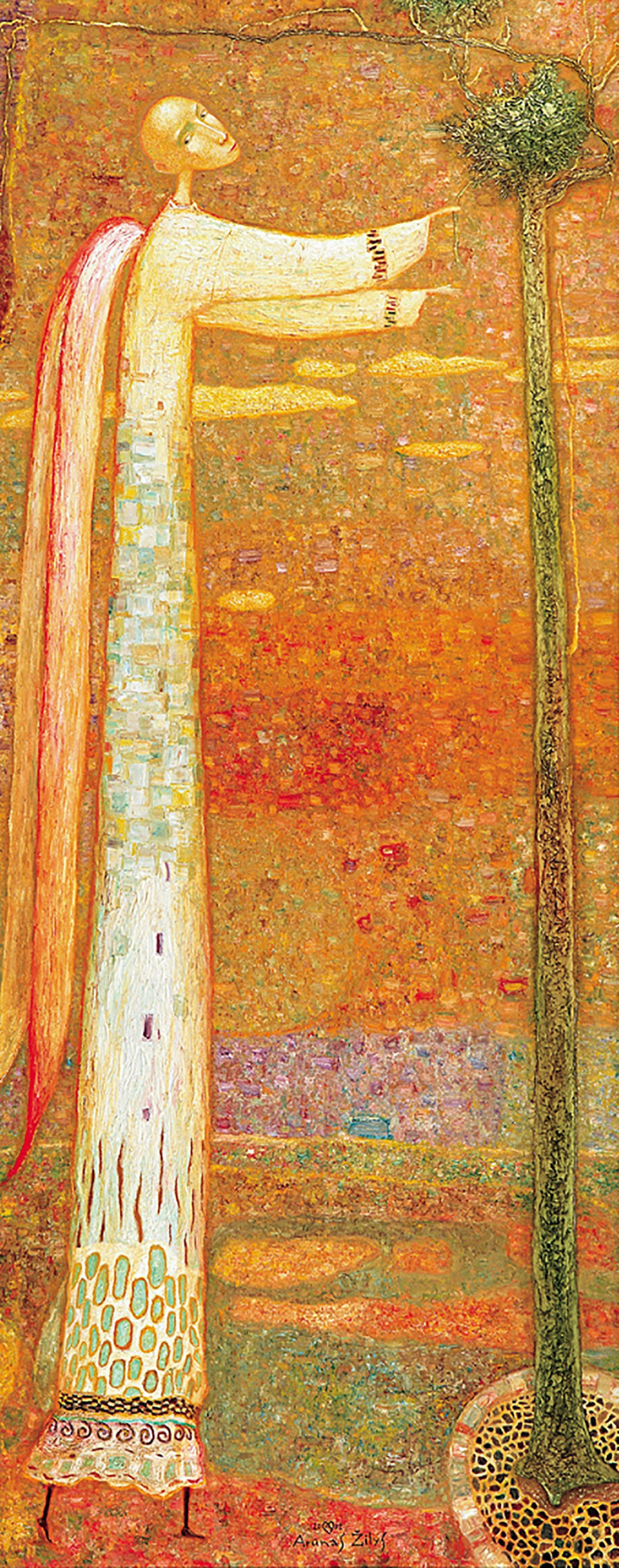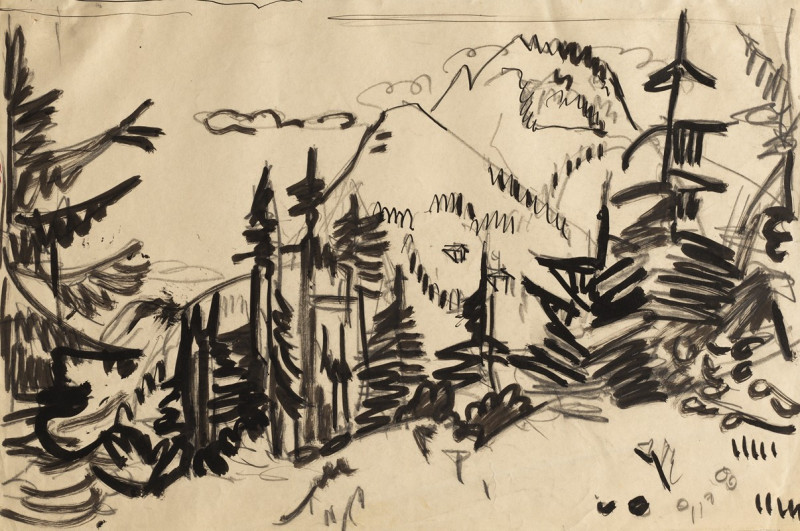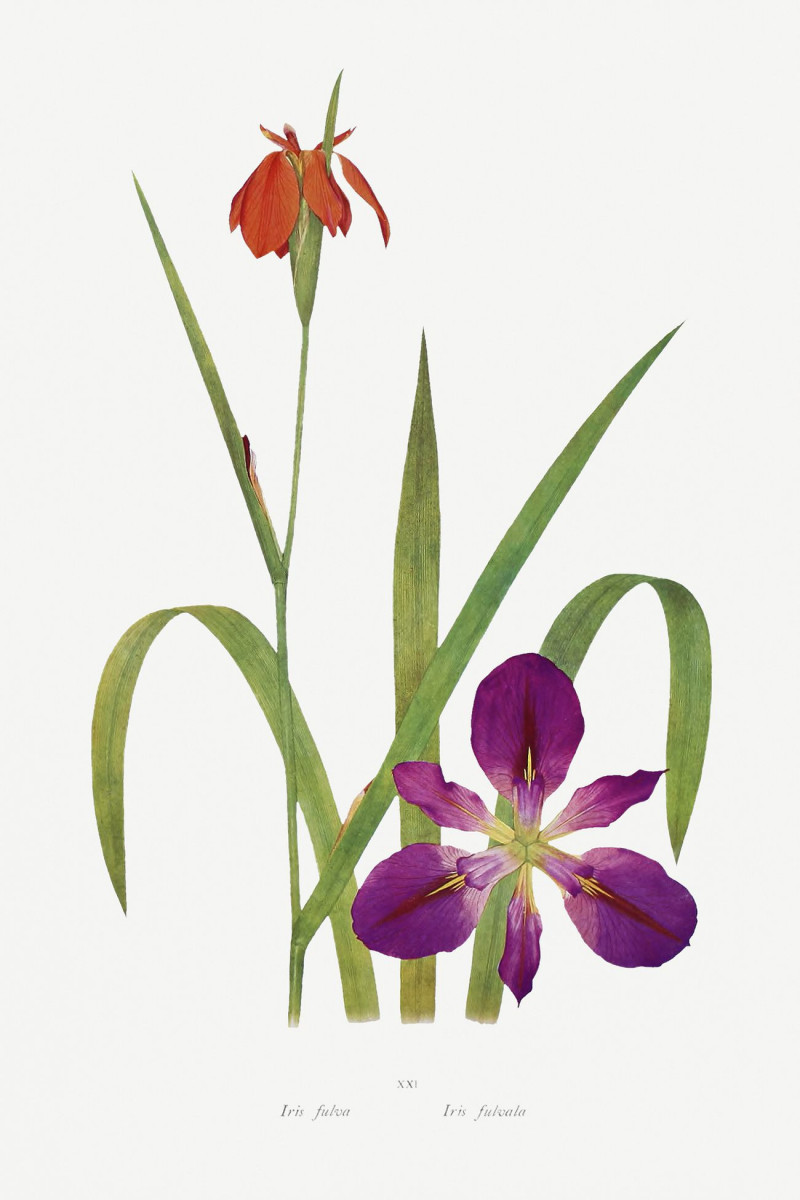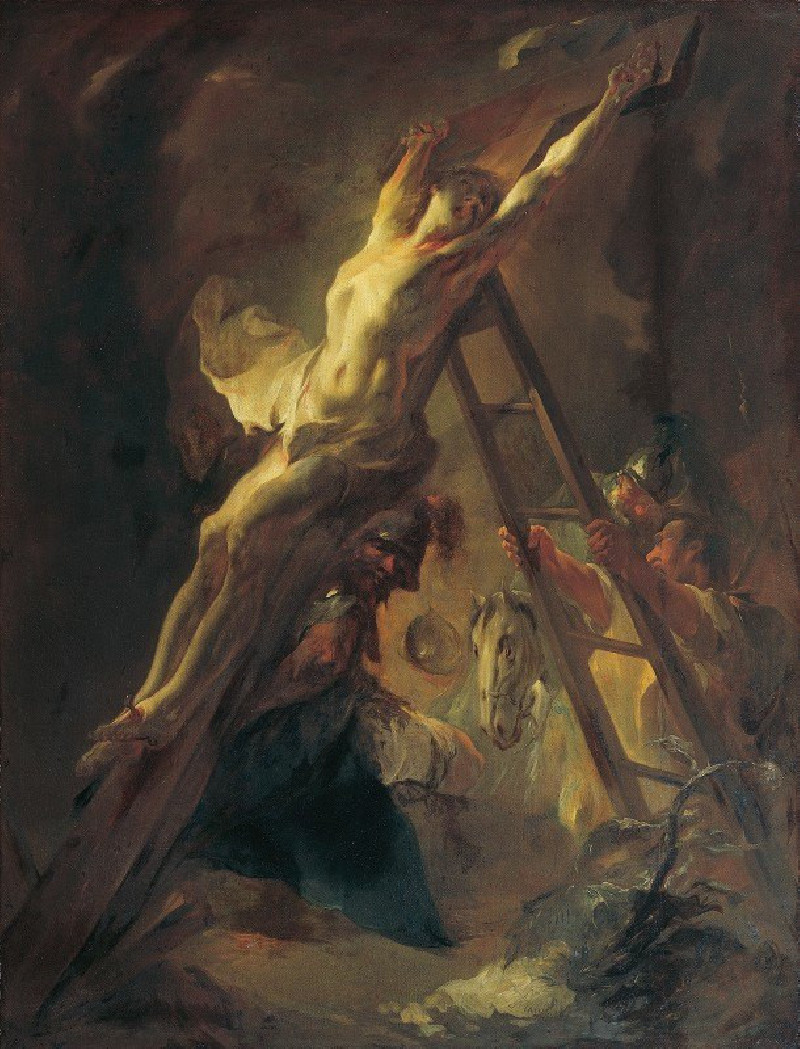Le Port De La Rochelle (circa 1920)
Technique: Giclée quality print
Recommended by our customers
More about this artwork
Welcome to the enchanting world of "Le Port De La Rochelle," a captivating artwork by Paul Signac, dating back to circa 1920. This painting transports viewers to the bustling harbor of La Rochelle, a historic port on the French Atlantic coast.In this lively watercolor and pencil sketch, Signac masterfully captures the essence of the port with a vibrant palette and dynamic lines. The composition is centered around the iconic towers that guard the entrance of the harbor, standing as monumental reminders of the city’s rich maritime history. These towers, detailed with sketchy yet precise strokes, evoke the robustness and enduring nature of La Rochelle.The foreground of the painting is alive with the comings and goings of sailboats, their masts and sails drawn with swift, colorful lines that suggest movement and a breezy seaside atmosphere. The distinct use of light and shadow, along with the subtle inclusion of architectural and nautical elements, provides depth and a sense of daily life bustling around the port.Signac's use of color is particularly notable; hints of blue, orange, and green illuminate the scene, reflecting the natural colors of the sea, sky, and land, while adding a dreamlike quality to the view. This artwork is not just a visual experience but an invitation to explore the historical and cultural context of early 20th-century French ports."Le Port De La Rochelle" is an exemplary piece that showcases Paul Signac's skill in portraying atmospheric landscapes with emotional depth.
Delivery
Returns
Paul Signac (1863-1935) was a French Neo-Impressionist painter. Together with Georges Seurat, Signac developed the Pointillism style. He was a passionate sailor, bringing back watercolor sketches of ports and nature from his travels, then turning them into large studio canvases with mosaic-like squares of color. He abandoned the short brushstrokes and intuitive dabs of color of the impressionists for a more exact scientific approach to applying dots with the intention to combine and blend not on the canvas, but in the viewer's eye.

